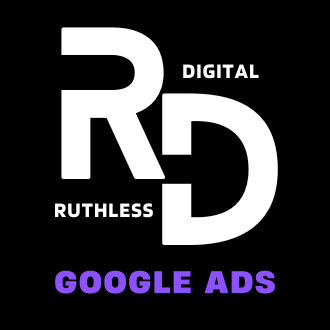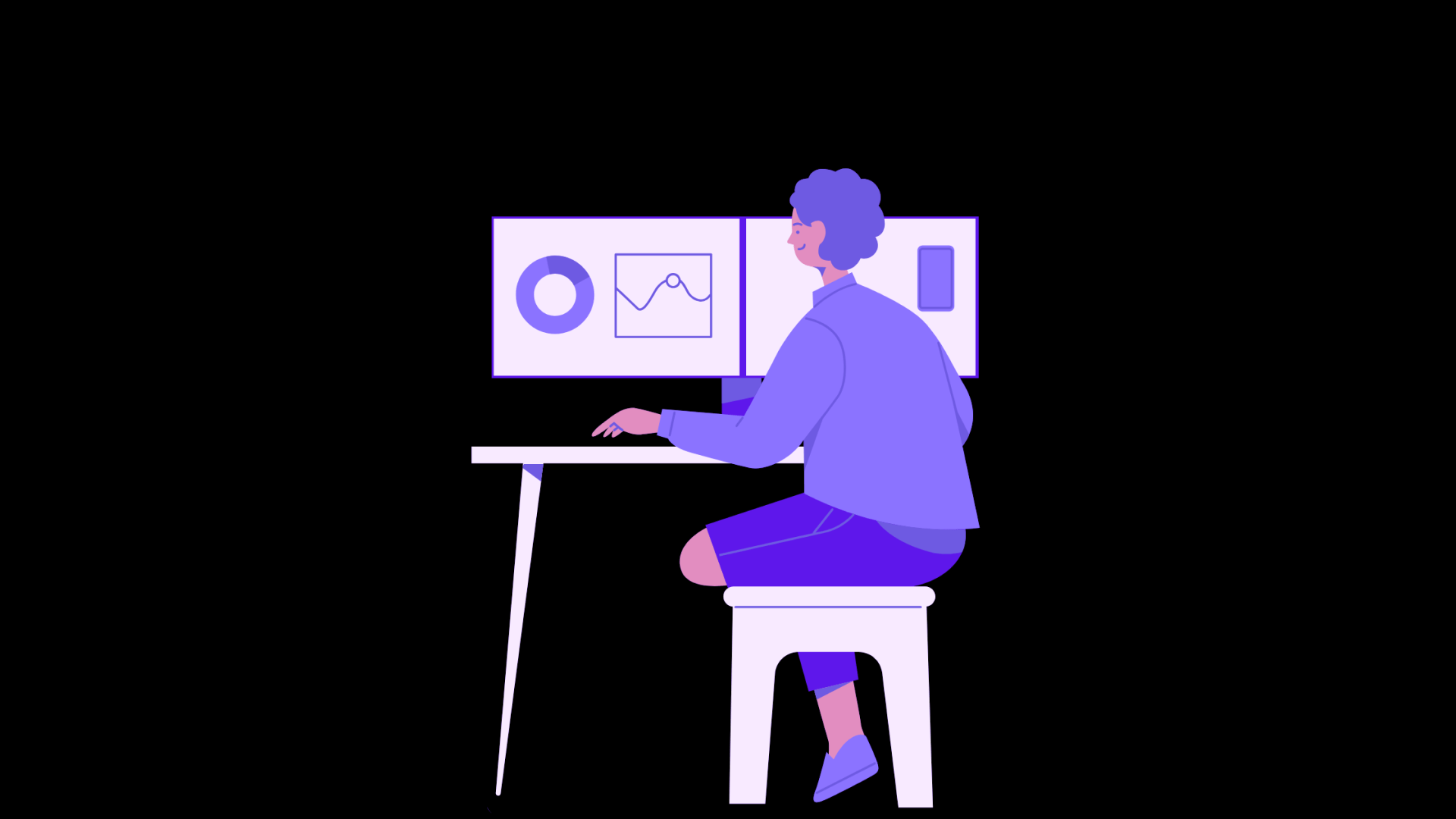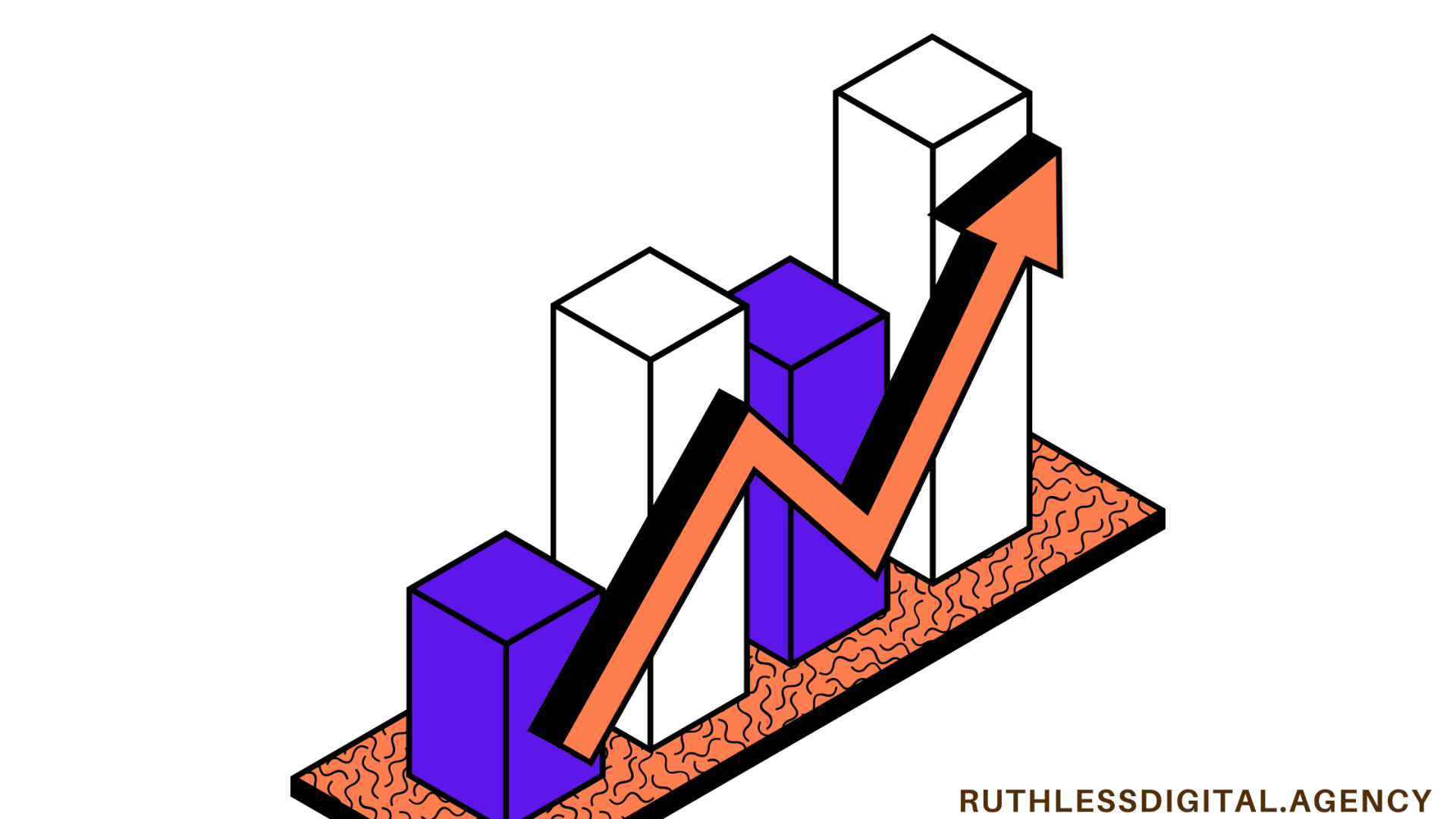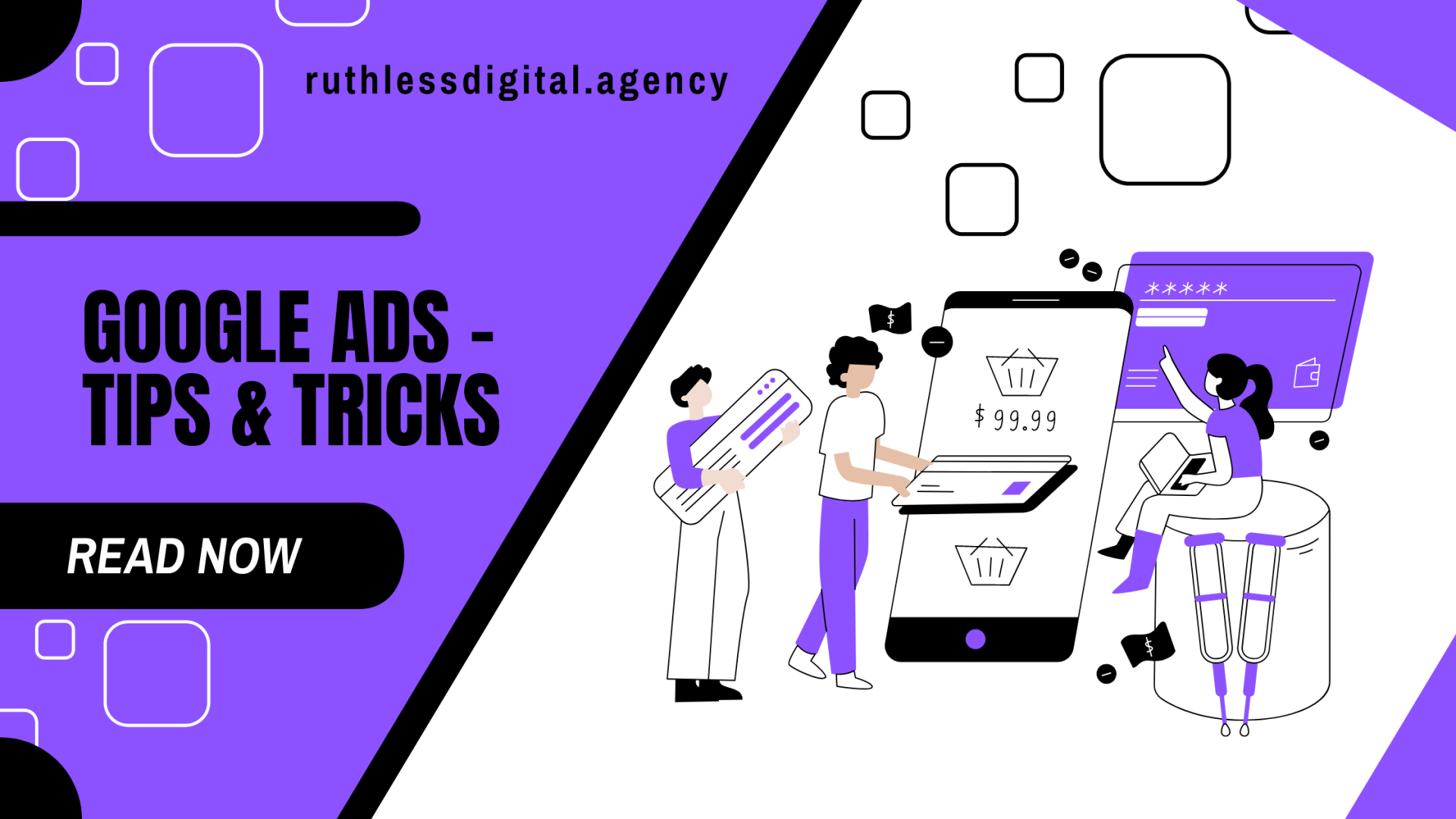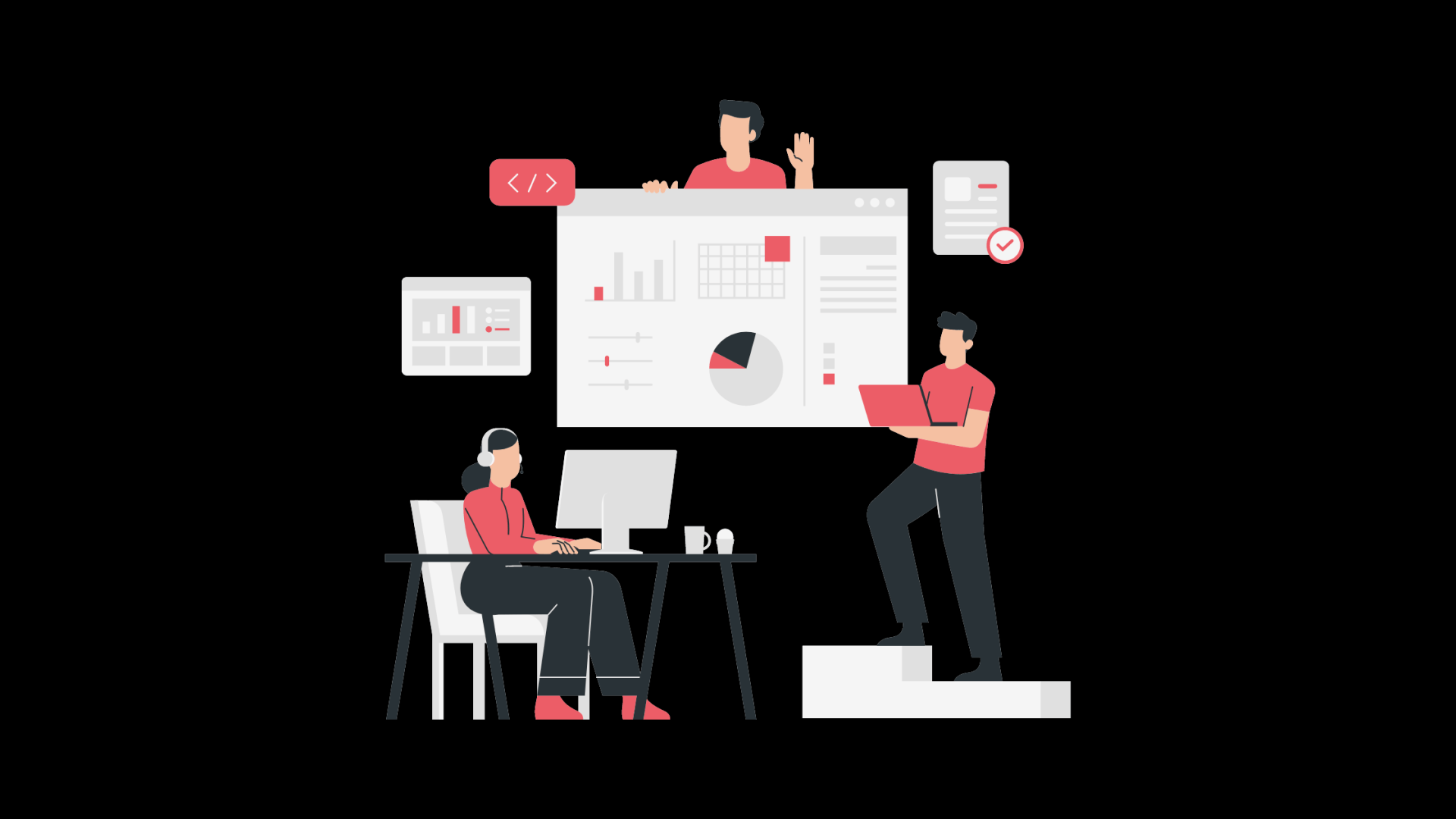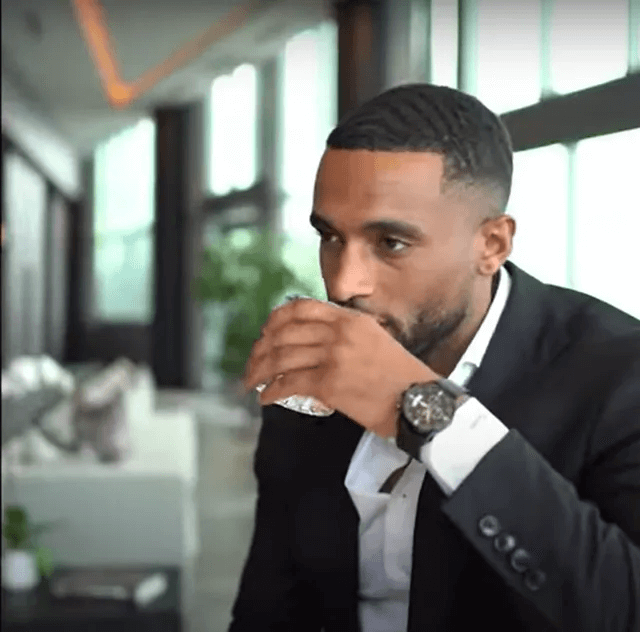eCommerce Google Ads Case Study: 300% Increase in Paid Traffic Revenue
Google Ads Case Study From Ruthless Digital for eCommerce Businesses
Do you know who my favorite clients are for Google Ads?
eCommerce brand owners who are taking advantage of SEO. When SEO is present & performing, Google Ads becomes easier.
We already have an idea of which keywords will generate a significant return - SEO allows you to see what keywords are performing if you rank for long enough.
This case study is the perfect example of why this is the case. In this case study of
BlackTieWatchCo.Com , I will show you how I used SEO data from Search Console to find great keyword opportunities, and how I siphoned traffic from competitors such as Rolex, Fossil, Talley & Twine & many other 9-figure companies.
About this Client:
Before we get into the real specifics, I want to give you a brief background about this client.
- They sell high-quality inexpensive watches to young men looking to improve their wrist game
- Most of their customers were from SEO
- They had watches with very similar designs to very famous watches such as Royal Oaks
Prior to working with us, they had 0 digital marketing presence. However, they were getting a few thousand searches each month from Search Engine Optimization.
Our Google Ads process breaks down into four primary phases:
- Bottom of the funnel, high-intent buyers
- Highly specific retargeting for website visitors
- Creating detailed customer competitor segments
- Utilizing SEO & other avenues to understand ICP & train Google to bring them from top of the funnel (ToF) to bottom of the funnel (BoF)
Google Ads for eCommerce is a marathon, not a sprint.
Typically when it comes to keyword research, you use a tool like Ahrefs or Google Keyword Planner to identify keyword opportunities.
You also analyze competitors and pull keyword ideas from them.
For this client, our process was a bit different.
Remember how I said having SEO data present makes Google Ads easier?
Here’s what I mean:
This client had already generated clicks and conversions using SEO. They already had data on which keywords generated an ROI for their business.
All we needed to do was take a quick peek at their Search Console and determine which ones were worth targeting in a Google Ads campaign.
The main factor I took into account when determining which keywords were worth targeting was conversion rate.
If a keyword had a high conversion rate — anything over 3% — it was worth investing the time and resources into ranking for it organically.
After digging through their Google Ads dashboard, I found 7 total keywords that fit the criteria.
The question now was:
Which keywords should we optimize for? We knew the client had watches similar to what other brands were selling & keywords that were bringing in searches…
I decided we would target both keywords, watch-related & SEO related.
The most common errors in Google Ads are:
- Incorrect conversion brand tracking which this client had
- Slow website loading speed
- Poor product descriptions, and checkout process
- Ineffective omnichannel retargeting
- Overly broad keyword targeting, the more niche the search query the higher the ROI
- Not targeting warm competitors' traffic
After fixing many of these issues that were present, & creating Performance Max, Search, Shopping & Remarketing Campaigns, we found great success in the course of a few months for this client.
Our Results Speak for Themselves: Google Ads eCommerce Study #1

We were able to generate a strong 3X ROAS for a client in an extremely competitive industry & with sky-high margins. This was a large increase in top-line revenue & allowed them to begin diversifying traffic with Facebook & TikTok Ads.
So what’s the plan going forward?
Believe it or not, this is just the beginning of this brand.
There are still so many more keywords we can rank for, and so many keywords we can continue to target.
Things are only going to get better and better as we continue finding new keyword opportunities, building new landing pages, and retargeting to previously bought, high-paying customers.
It’s very possible to scale this brand to the moon, using the highest-quality source of traffic out there: paid traffic.
If you're interested in doing this for your business, schedule an appointment below or connect with us on our "Contact" page.
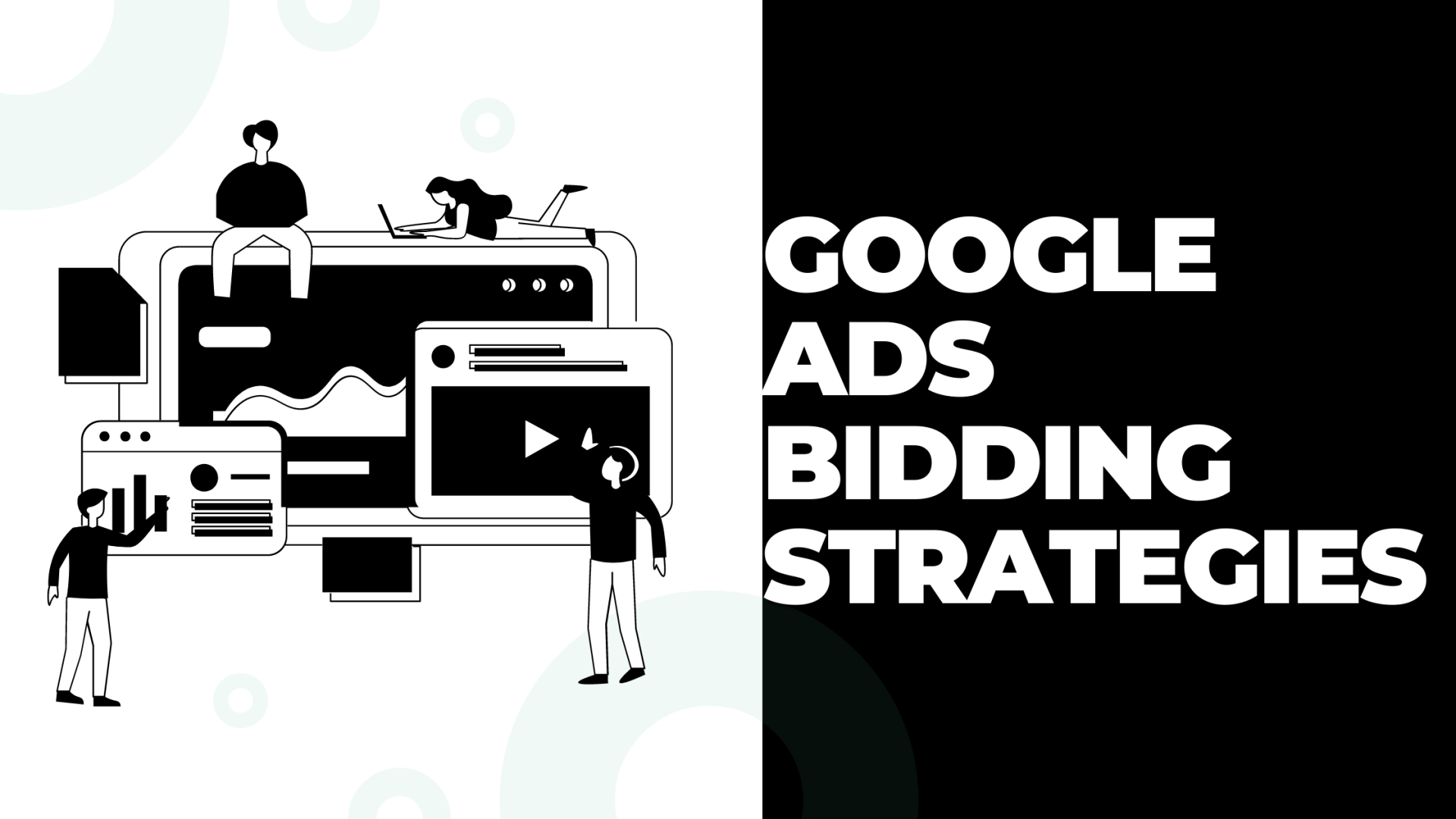
Google Ads Success Stories & Testimonials
"Exceeded Our Expectations"
Ruthless Digital Really Helped Us Increase Our Top-Line Revenue By Consistently Delivering a High ROAS via Google Ads, They Have a Independent Work Style & Are Extremely Responsive to Questions. Overall, They Were the Best Agency We Had the Pleasure of Working With.
Curtis Brown, Founder of BlackTieWatchCo
The Real Question Is - Are You?
Ruthless Digital Is Ready to Skyrocket Your Growth..
Schedule a Concise Strategy Session With Our Founder to Turbocharge Your Business Using Google Ads Today!
You Won't Regret It. We Promise
Frequently Asked Questions About Our PPC Management / Google Ads
Didn't Answer Your Question? Send Us a Message "owner@ruthlessdigital.agency"
-
How Much Do You Charge?
We Are a Pay for Performance Agency Meaning We Only Make Money When You Do.
We Charge 15% Off Whatever We Generate.
-
Is There a Minimum Contract Length
We Don't Make You Sign a Contract, But For Maximum Effectiveness We Recommend You Set Aside at an Absolute Minimum $1k Per Month for 2 Months.
-
Do You Offer Any Other Services?
No But Email Owner@RuthlessDigital.Agency & I Likely Have a Contact Which Is An Expert in the Service You Need
-
Are There Refunds?
No But You Only Pay Us When We Make You Money So We Wouldn't Be Able To Pay You Anyway
-
Where Is Your Agency Based?
San Diego, California.
We Have No Oversea Employees (Not That Should Matter Anyway)
-
Will I Have Account Access?
At All Times You'll Have The Option to See How Your Campaigns Are Performing - Don't Work With Anyone That Doesn't Let You Do This
-
How Long Does Onboarding Take?
Usually Less Than 5 Days Unless You Have a Google Merchant Account Suspension - In That Case, We Work to Get Your GMC Unsuspended as Soon as Possible.
-
Do You Have An Affiliate Program?
Yes! We'll Give You 15% Client Revenue For 6 Months If You Refer Us to a Client.
Email Us at Owner@RuthlessDigital.Agency
Useful Links
Contact Info
+1 760-805-2401
Carlsbad, California
Owner@RuthlessDigital.Agency
Ruthless Digital
Join our Epic Marketing Newsletter
We will get back to you as soon as possible
Please try again later
